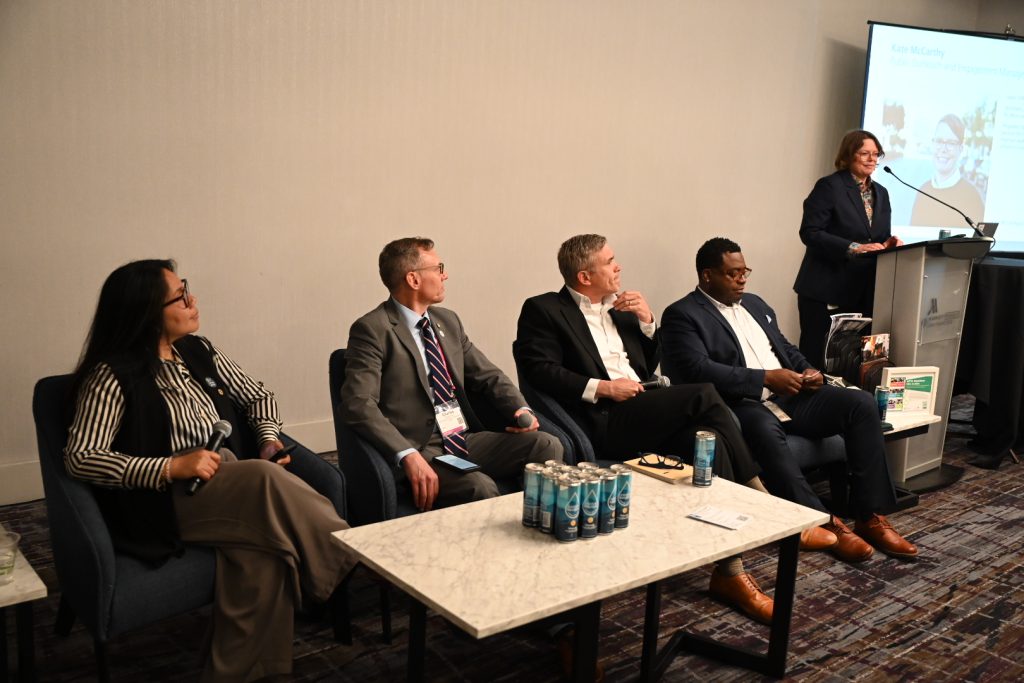Muni Improvements Are Driving Customer Satisfaction
7/16/2025

What is the secret to running a transit system that gets consistently high marks from the public it serves? If any city has the answer, it is San Francisco. In 2024, the San Francisco Municipal Transportation Agency (Muni) garnered a 70 percent rating of good or excellent, the highest satisfaction rating in the more than two decades since it began surveying riders.
At a panel discussion at APTA’s Rail Conference in San Francisco, four senior officials who play a key role in helping make the transit system so successful shared what it takes to allow Muni to earn such high marks.
At its most basic level, public transportation is about moving people comfortably and efficiently to places where they work and recreational activities—and back home again. The panel said that a big part of their job is focusing on the satisfaction of its passengers by surveying them about the quality of the bus and rail service—grading how Muni measures up in delivering bus and rail service that is clean, uncrowded, punctual, safe, and reliable.
Ammee Alvior, Workforce Development and Wellness Senior Manager, said that the input from clients led to the creation of a “customer experience roadmap,” allowing Muni to “cultivate a customer-centric-culture and involve customers in our product design.”
Alvior said that “by anchoring our work in rider feedback … we’ve really laid a strong foundation for delivering meaningful and long-term improvements to our customers’ experience.”
Sean Kennedy, Muni’s Chief Planning and Implementation Officer, defined his role as, in the broadest way possible, planning and delivering a safe, connected, and reliable transportation system. “I’m here for people and I’m here to improve opportunities for people” in the San Francisco area as they transit from one location to another, he said.
An important part of keeping customers happy involves keeping the trains and equipment in the 50-year-old system in tip-top condition until funding can be found for major upgrades.
“We are constantly taking focused improvements to really keep the system going until our next big capital project,” said Charles Drane, Muni’s Chief Maintenance Officer.
LaNair Haynes, Deputy Transportation Officer, who monitors day-to-day transit operations, said the agency innovated with ways to optimize scheduling given how important timeliness is to passengers, and brainstormed an innovative solution that helped trains and buses run with greater punctuality.
“For decades, we chased the schedule with time points,” Haynes said. “Leadership came up with a great idea. We (decided) to go with a ‘headway-based’ schedule: That allows trains and buses to be evenly spaced out, so we can predict to our passengers when the next bus is coming. That reduced crowding in bunches,” he said.
Kate McCarthy, Public Outreach and Engagement Manager at Muni, moderated the session.
Access additional sessions here.
View more images from the Rail Conference here.